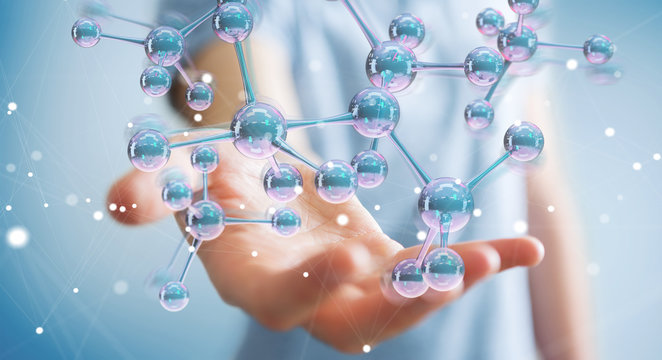#health #stem #cell #aging
“Researchers are investigating whether they can rejuvenate skin cells using a similar technique behind Dolly the cloned sheep.”–Paul Ebeling
Aging is the gradual decline in cell and tissue function over time. It is characterizedTrusted Source by various factors, including telomere attrition, genetic instability, and misfolded proteins.
The progression of some age-related changes can be measured and used to predict ageTrusted Source in humans.
Induced pluripotent stem cell (iPSC)Trusted Source reprogramming is a process in which any cell can be converted into an embryonic stem cell-like state. Embryonic stem cells can be made into any cell. iPSC can thus reverse age-associated changes, including telomere attrition and oxidative stress.
An early form of the technique was famously used on “Dolly” the sheep, the first mammal cloned from an adult somatic cell in 1996.
iPSC reprogramming, however, results in a loss of original cell identity and function. Research suggests that short-term iPSC approaches may preserve cell identity and reverseTrusted Source age-related changes in mice.
When asked how these findings may contribute toward treating age-related conditions such as heart disease, diabetes, and neurological disorders, Dr. Cutler said:
“This research is far too preliminary and a bit too unlikely, to take particularly seriously at this stage. iPSC research is some of the most important going on in the medical field. If these techniques really do work and are generalizable, they could simplify the process of getting new ‘cells’ to give back to a patient.”
The researchers’ next aim is to see if the technology may also work on other tissues such as muscle, liver, and blood cells.
They ultimately hope that their findings will contribute to efforts to extend the human health span, as opposed to life span so people can age more healthily.
Have a prosperous day, Keep the Faith!









